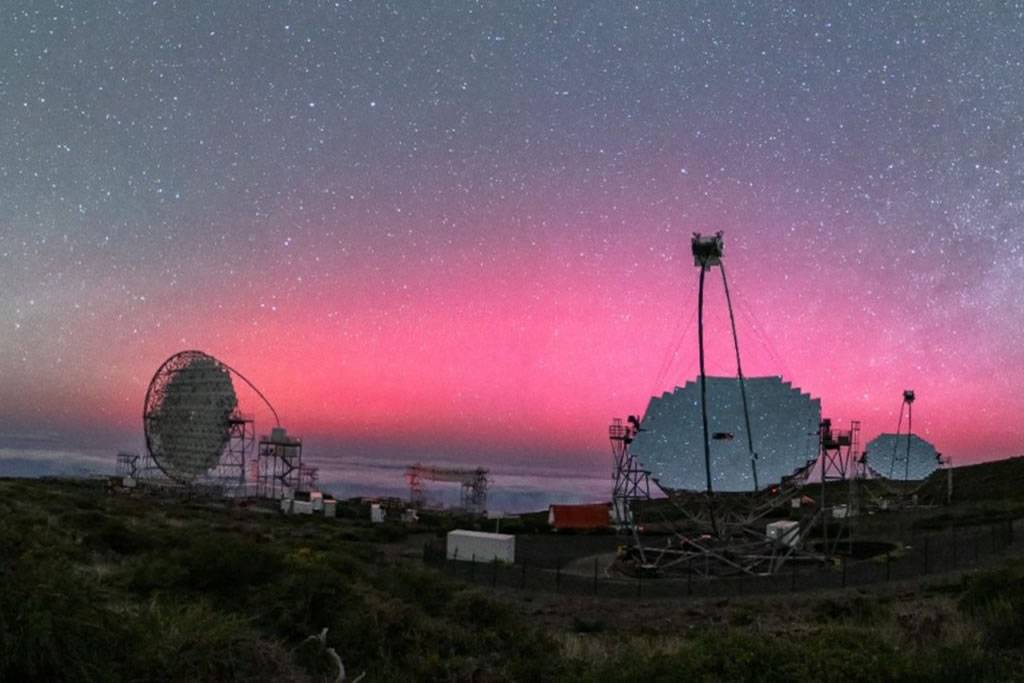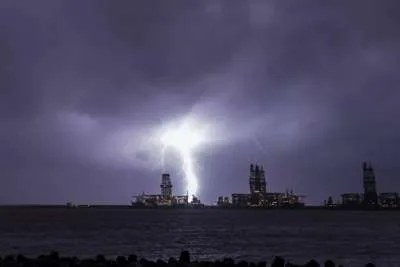Look out for the Northern Lights in the Canary Islands during June
- 03-06-2024
- National
- Canarian Weekly
- Photo Credit: Stock Image
The Sun experiences cycles of varying activity levels, including periods of intense solar activity, such as the solar storm that struck Earth in early May, allowing for stunning displays of the Northern Lights in the Canary Islands. Once again, we are entering a phase of heightened solar activity, and another solar storm is expected during June.
According to the U.S. Space Weather Prediction Centre, this upcoming event is based on a solar flare classified as an X-level eruption, the highest category on the scale used to measure these phenomena.
The flare, identified as X2.8, was detected by NASA's Solar Orbiter spacecraft and has continued to emit radiation. This could trigger a G5 category solar storm, the highest on its respective scale.
Potential for Northern Lights Viewing
It is anticipated that during June, auroras borealis could be visible in unusually low latitudes, including parts of our country that rarely witness this phenomenon.
While these solar activities do not pose a direct threat to human health, they can interfere with electronic devices, impacting the operation of critical sectors in our modern society.
These solar cycles are not uncommon, though the current intensity of the Sun is remarkable. Continuous efforts by the scientific community are enhancing our understanding of the Sun's behaviour and its effects on Earth.
The ongoing research and monitoring by space agencies and scientists worldwide play a crucial role in predicting these events and mitigating their impact on our daily lives.

Other articles that may interest you...
Trending
Most Read Articles
Featured Videos
A Vision of Elvis Tenerife Promo
- 10-05-2025
TEAs 2025 Highlights
- 17-11-2025

























































